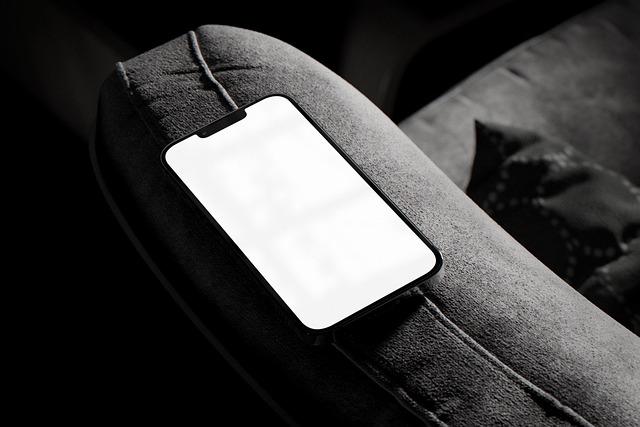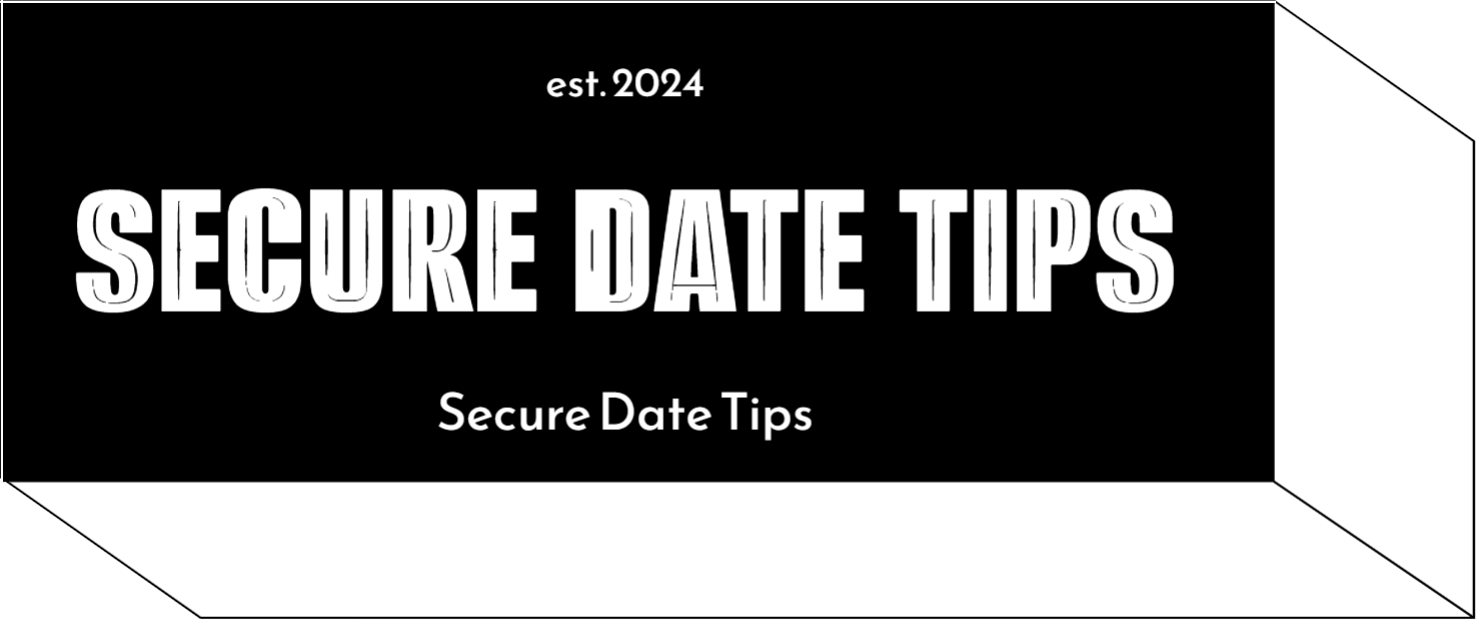In an age where digital connections often precede face-to-face encounters, ensuring the authenticity of someone’s identity before meeting in person has become both a necessity and an art. The allure of forming relationships online—whether personal, professional, or transactional—comes with its own set of challenges and risks. As virtual interactions increasingly lead to real-world meetings, understanding how to safely verify someone’s identity is essential. This guide delves into the tools, techniques, and best practices that can help you navigate the modern landscape of digital introductions, ensuring peace of mind and fostering genuine connections.
Unveiling the Digital Persona: Key Steps to Identity Verification
In our digital age, ensuring the authenticity of an online identity before an in-person meeting is paramount. The first step involves gathering basic information such as full name, occupation, and social media profiles. This data serves as a foundation for further verification. Next, engage in a video call to confirm that the person matches their online persona. This not only provides a visual confirmation but also allows for real-time interaction.
To delve deeper, consider the following methods:
- Social Media Cross-Verification: Check for consistency across platforms. Inconsistencies might indicate a red flag.
- Professional Networks: LinkedIn can be a reliable source for validating professional credentials.
- Reverse Image Search: Use tools like Google Images to verify profile pictures and ensure they are not sourced from elsewhere.
Employ these strategies with a blend of caution and open-mindedness, ensuring a safe and informed decision-making process.

Harnessing Technology: Tools for a Safer Connection
In today’s digital age, ensuring safety while forming new connections is paramount. Leveraging technology can provide peace of mind when verifying someone’s identity. Start by using video call platforms like Zoom or FaceTime to establish a visual connection before meeting. This not only confirms the person’s appearance but also helps in assessing their demeanor. Additionally, employing reverse image searches can verify the authenticity of profile pictures.
For a deeper verification, consider these tools:
- Identity Verification Apps: Services like TrueCaller or BeenVerified can provide background checks and confirm identity details.
- Social Media Cross-Referencing: Check their social media profiles for consistency in information and mutual connections.
- Two-Factor Authentication: Platforms offering two-step verification add an extra layer of security when sharing personal information.
Utilizing these tools can help foster a safer and more secure environment for in-person meetings.

Spotting Red Flags: Warning Signs to Watch For
- Inconsistent Information: Pay attention to any discrepancies in the details they’ve shared. If their story or background changes frequently, it might be a sign they’re not being truthful.
- Reluctance to Share Details: A genuine person will usually be open about their basic information. Hesitation or refusal to share even simple details, like their full name or occupation, could indicate a need for caution.
- Limited Online Presence: While not everyone is active online, a complete absence of any digital footprint can be suspicious. Verify through multiple platforms to ensure they are who they claim to be.
- Pressuring for Quick Meetings: If they seem overly eager to meet in person without establishing trust, this could be a warning sign. A genuine connection takes time to build.
- Overly Vague or Generic Responses: Be wary if their communication lacks depth or specificity. Generic responses can be a tactic to avoid revealing too much about themselves.
Remember, trust your instincts. If something feels off, it’s always better to err on the side of caution. Prioritize your safety and take the necessary steps to ensure you feel secure before any in-person meeting.

Building Trust: Techniques for Secure Interactions
In today’s digital age, ensuring the security of personal interactions is paramount. Here are some effective techniques to enhance trust and safety when verifying someone’s identity before an in-person meeting:
- Use Verified Platforms: Leverage platforms that offer identity verification features. Services like LinkedIn or certain professional networking sites often provide verified badges or endorsements.
- Video Calls: Schedule a video call prior to the meeting. This allows you to see the person in real-time, making it easier to confirm their identity and establish a sense of familiarity.
- Cross-Reference Information: Check for consistency in the information they provide across different platforms. Look for matching details such as profile pictures, mutual connections, or shared interests.
- Request References: If applicable, ask for references or testimonials from mutual acquaintances. This can provide additional assurance of the person’s credibility.
- Secure Communication Channels: Use encrypted messaging apps for initial conversations to protect your personal data and ensure the confidentiality of your communications.
By integrating these strategies, you can significantly reduce risks and create a secure foundation for your face-to-face interactions.



